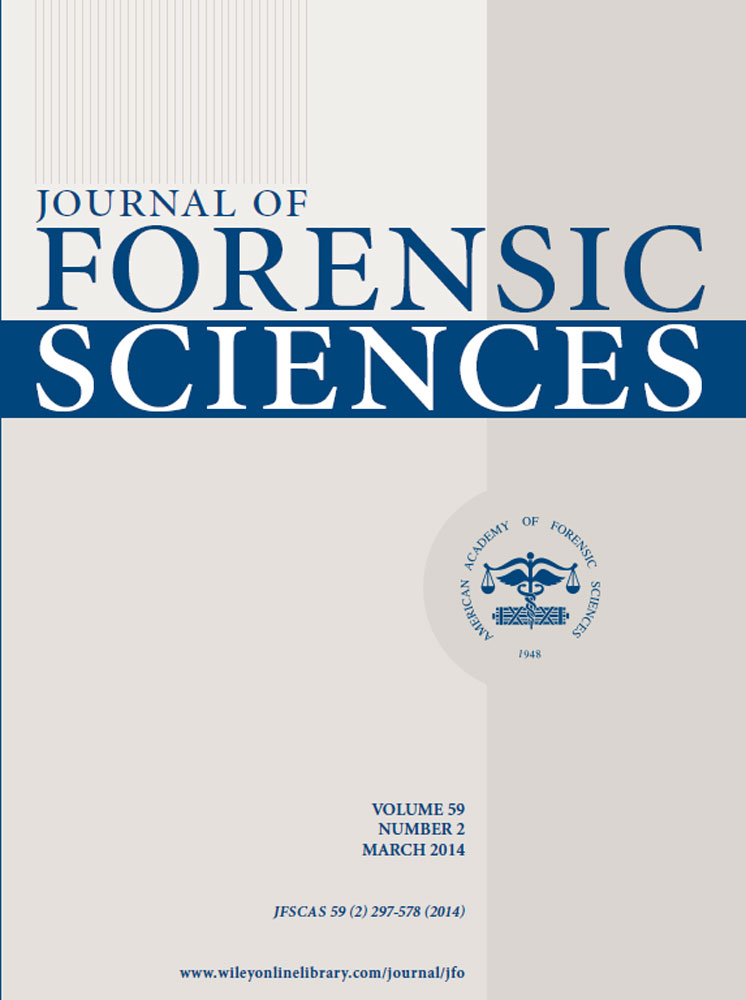Determining Bruise Etiology in Muscle Tissue Using Finite Element Analysis
Abstract
Bruising, the result of capillary failure, is a common physical exam finding due to blunt trauma and, depending on location and severity, a potential indicator of abuse. Despite its clinical relevance, few studies have investigated the etiology of capillary failure. The goal of this study was to determine whether capillaries primarily fail under shear stress or hydraulic-induced tensile stress. An arteriole bifurcating into four capillaries was modeled using ANSYS 14.0 ®. The capillaries were embedded in muscle tissue and a pressure of 20.4 kPa was applied. Any tensile stress exceeding 8.4 × 104 Pa was considered failure. Results showed that failure occurred directly under the impact zone and where capillaries bifurcated, rather than along the line of greatest shear stress, indicating that internal tensile stress is likely the primary mode of capillary failure in bruising. These results are supported by the concept that bruising can occur via blunt trauma in which no shearing lacerations occur.




